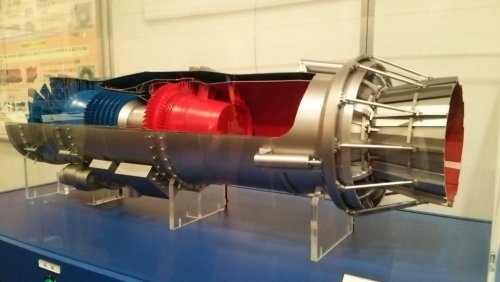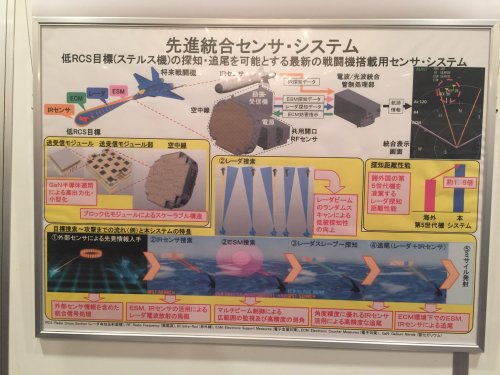- Joined
- 1 April 2006
- Messages
- 11,352
- Reaction score
- 10,075
https://twitter.com/X61nightmare/status/930281863465205760
https://twitter.com/sdkfz1224/status/930813340816850944
https://twitter.com/sdkfz1224/status/930813340816850944
Attachments
-
 DOkGajEVQAIqlT2.jpg362.7 KB · Views: 214
DOkGajEVQAIqlT2.jpg362.7 KB · Views: 214 -
 DOkGajEVQAA-z9F.jpg367.2 KB · Views: 203
DOkGajEVQAA-z9F.jpg367.2 KB · Views: 203 -
 CxUPdTeVQAQHhKh.jpg1.2 MB · Views: 183
CxUPdTeVQAQHhKh.jpg1.2 MB · Views: 183 -
 DOj_12uV4AAaVC1.jpg252.3 KB · Views: 168
DOj_12uV4AAaVC1.jpg252.3 KB · Views: 168 -
 DOj8XUUUEAEFAOJ.jpg193.2 KB · Views: 143
DOj8XUUUEAEFAOJ.jpg193.2 KB · Views: 143 -
 DOrpyCeV4AEqMDr.jpg218 KB · Views: 122
DOrpyCeV4AEqMDr.jpg218 KB · Views: 122 -
 DOrpyUeUQAAAVmY.jpg411.2 KB · Views: 108
DOrpyUeUQAAAVmY.jpg411.2 KB · Views: 108 -
 DOj82gbUEAEOyRO.jpg285 KB · Views: 128
DOj82gbUEAEOyRO.jpg285 KB · Views: 128











